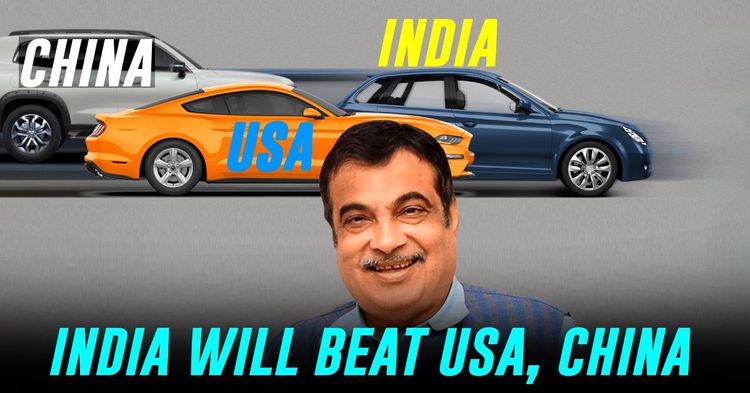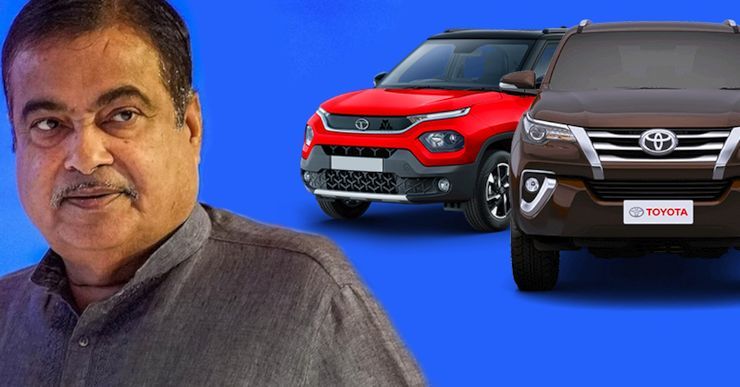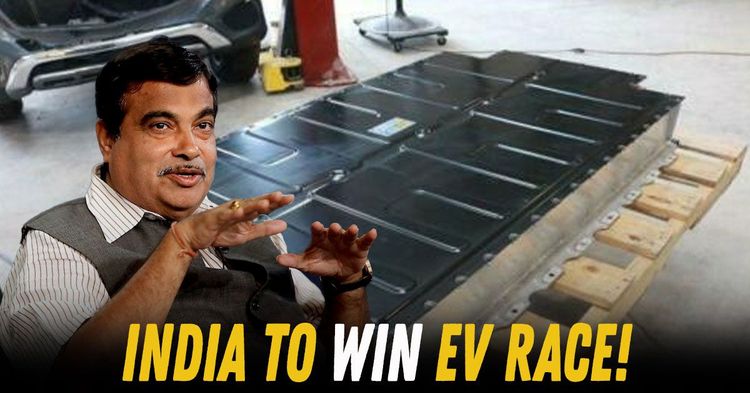Indian Car Makers Will Beat US And Chinese Automakers Within 5 Years: Nitin Gadkari


When Union Minister Nitin Gadkari recently claimed that India’s automobile industry would become the world’s largest within five years—surpassing giants like the US and China—it sparked more than just headlines. For Indian car buyers, this statement hints at a future where global-quality vehicles, cutting-edge technology, and homegrown innovation could become everyday realities. But how realistic is this bold prediction? And more importantly, what does it mean for the average Indian buyer?

Over the past decade, India’s auto industry has grown at a breakneck pace. It has already overtaken Japan to become the world’s third largest, with a current estimated market value of ₹22–23 lakh crore. A decade ago, that figure was around ₹7.5 lakh crore—an astonishing jump by any standard. In 2024, India posted record-breaking passenger car sales of 4.3 million units, with SUVs alone accounting for 65% of the market. Meanwhile, two-wheeler sales surged to 19.5–20.5 million units, also an all-time high. Commercial vehicles clocked in at 950,000 units, down 2.7% year-on-year but showing signs of recovery by year-end. Despite these gains, the road to the top is steep. The US saw ~15.5 million light vehicle sales in 2024, while China clocked 22.89 million passenger car sales, maintaining its position as the world’s largest auto market. In terms of overall automotive scale, India remains about one-third the size of China and the US. Closing this gap in five years will require more than momentum—it will demand innovation, investment, and global-scale production capacity.
The Indian car buyer has evolved. Gone are the days when affordability was the only factor. Today’s buyers—especially in cities—seek comfort, design, tech, and safety. Sunroofs, large touchscreens, automatic gearboxes, and connected car features are now common, even in sub-₹15 lakh vehicles. The average new car price has crossed ₹10 lakh, a strong signal of value migration. Buyers are also flocking to the used car market, now a ₹2 lakh crore segment poised to double by 2028. With certified pre-owned programs, digital platforms, and financing innovations, second-hand vehicles are no longer seen as compromises—they’re smart choices.

EVs are no longer fringe players in India’s mobility landscape. Backed by central and state incentives, better range, and improved infrastructure, electric two-wheelers and passenger vehicles are seeing significant uptake. Ola, Ather, Tata, Mahindra, and MG are ramping up production and exports, while global brands like Hyundai and BYD are investing in local operations. 2024 saw robust growth in both electric two-wheelers and EV passenger vehicles, contributing to India’s record volume. The government’s goal of becoming a top global EV manufacturer by 2030 may still be far off, but progress is steady. Domestic battery development and lithium sourcing, once bottlenecks, are also receiving policy and corporate attention.
The backbone of any automotive revolution is infrastructure, and India is investing heavily. Expanding highways, logistics corridors, and the growing network of EV charging stations are changing buyer behaviour. Rural demand has bounced back post-COVID, with buyers in small towns opting for bigger, feature-rich vehicles. These changes are not just fueling demand but boosting consumer confidence in longer commutes, intercity travel, and private ownership—important growth triggers for the auto sector.
This is where the optimism gets tested by reality. Yes, India leads the world in two-wheeler sales volume—more than 19.5 million in 2024—surpassing China (which sold under 13 million) and the US (only about 550,000). In passenger car sales, though, China and the US are still far ahead with 22.89 million and ~15.5 million, respectively. Even if India continues to grow at a robust clip—adding 500,000–700,000 passenger vehicles per year—it would take at least a decade to match current Chinese levels. Moreover, market value still lags: India’s passenger vehicle segment is worth USD 42.8 billion, compared to hundreds of billions in the US and China.
Even if India doesn’t leapfrog the US or China in five years, it doesn’t diminish what’s happening on the ground. If you’re a buyer today, you’re witnessing a golden era. Whether it’s an electric scooter or a tech-laden compact SUV, you now have access to more choices, better safety, and smarter financing than ever before. Service networks, resale values, digital tools, and consumer protection laws are all evolving to meet modern expectations. And with Indian brands now competing globally, there's newfound pride in buying local. Cars from Tata and Mahindra are earning accolades abroad. Electric scooters from Ola and Ather are being exported. India’s influence is no longer limited to cost-effectiveness—it’s becoming synonymous with innovation.